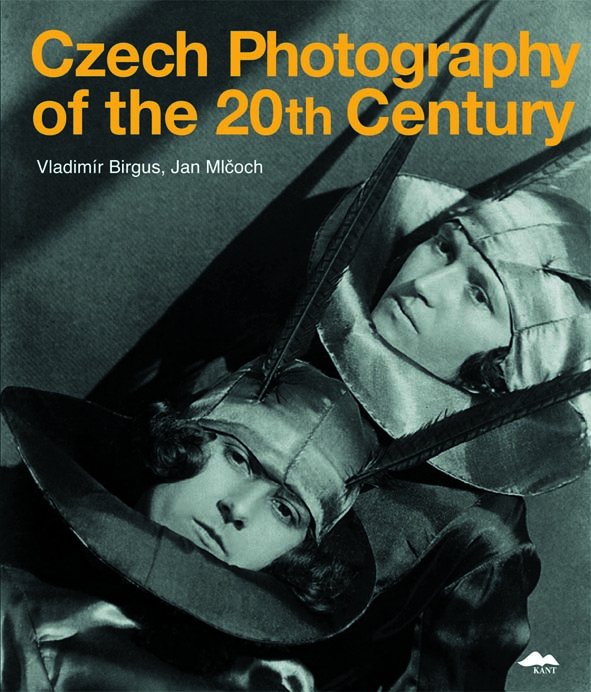| Author: | Lucia L. Fišerová a Tomáš Pospěch |
| Category: | Books, Photography, Art |
| Language: | English and Czech |
| Translation: | Derek Paton |
| Page count: | 200 |
| Binding: | Hbk |
| ISBN: | 978-80-7437-123-3 |
| EAN: | 9788074371233 |
| Date: | 2014 |
| Issue number: | 1. |
| Price: | 45 EUR |
| Size: | 28 x 24 cm |
| buy in e-shop | |
This exhibition and publishing project, headed by both a Czech and a Slovak curator, presents eight photographers who have worked in Prague for many years or have close links with the city: Rudo Prekop, Vasil Stanko, Tono Stano, Martin Štrba, Miro Švolík, Kamil Varga, Peter Župník and the late Jano Pavlík. The group – described variously as ‘photographers living in Bohemia’ or ‘Czech photographers of Slovak origin’ – is a kind of shared cultural asset for both countries and an interesting phenomenon for anyone studying the links between Czech and Slovak photography. In the 1970s and 1980s, FAMU was the only higher-education establishment in central Europe that taught photography, and it is perhaps surprising that the members of the Slovak New Wave remained ‘uncontaminated’ by the Czech photographic tradition and were able to create their own unique identity at FAMU. Despite, or possibly because of, the fact that this was never an organized group with a declared statement of purpose, their relatively homogeneous visual language became one of the first examples of Postmodernism in this country. Our aim as curators has been to examine the Slovak New Wave and its background from today’s perspective, almost three decades on. We trace the origins of a group similar not only in age but to some extent also in outlook, and attempt to define the personal contribution of each. Although most of the artists represented here are still photographing and exhibiting, the project focuses on their early work during and around their student years in the 1980s. Special emphasis is given to works that at the time were never exhibited, or were shown only on the fringe.

Czech Photography of the 20th Century, published simultaneously in Czech and English versions, is the first book to present the main trends, figures, and works of Czech photography from the beginning to the end of the last century to such a large extent. Its 517 plates include not only the most important, well-known photographs and photomontages, but also works that have long been forgotten or are published for the first time. The book is arranged in seventeen chapters, supplemented with chronologies of the most important events in twentieth-century Czech photography and history.